Dive Computers
Wrist or Console?
On a console, you can stick all of your gauges onto the same unit. This allows you to check your depth, dive time, remaining dive time, heading (if you have a compass), remaining gas in your tank, and possibly more — all at a single glance. Most of this information is also available in a wrist computer. But this usually requires costly extras — wireless gas integration, for example. You may also have to switch between functions, such as toggling between the depth/time info and the digital compass, if the computer has one.
Advocates of the console point to the fact that no diver has been known to drop their console mid-dive — they are, after all, tethered to the regulator. The same cannot be said about wrist computers. I’ve personally found three dive computers in my dive career. And the risk of forgetting your dive computer at home or on the boat is almost non-existent with a console.
On the other hand, a console is quite a bit larger and more cumbersome than a simple manometer, which many wrist-computer divers have in its place. Some divers find it annoying to perform an entire safety stop holding onto a large console rather than simply checking their wrist.
There is no difference in safety when it comes to wrist or console dive computers. They all run on comparable algorithms. Some divers point to the larger console as a potential entanglement risk. But a console that’s properly attached to the BCD and stowed away to ensure a streamlined profile should pose little to no risk.
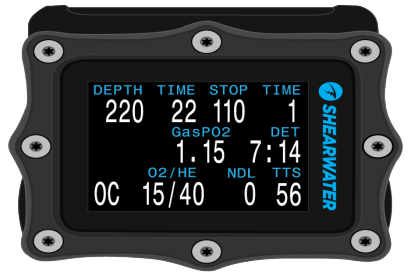
Watch this interesting video for more information.

 English
English
 Ελληνικά
Ελληνικά Русский
Русский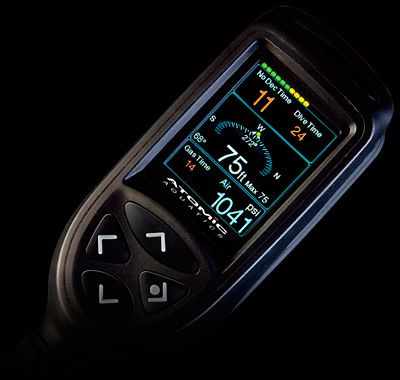
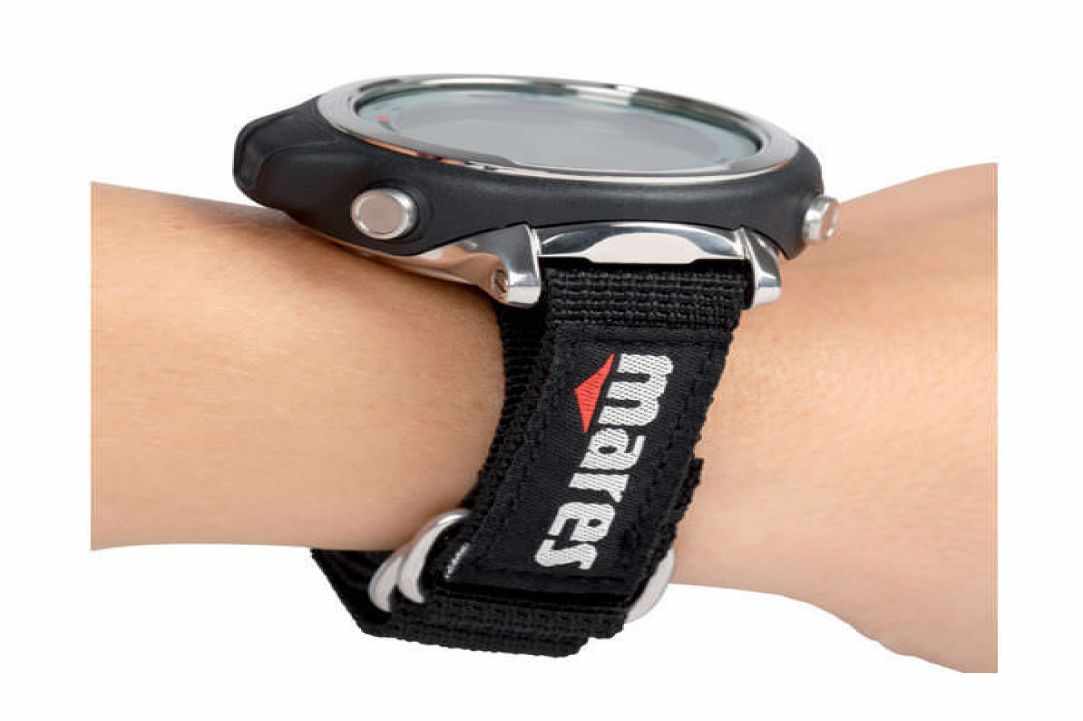
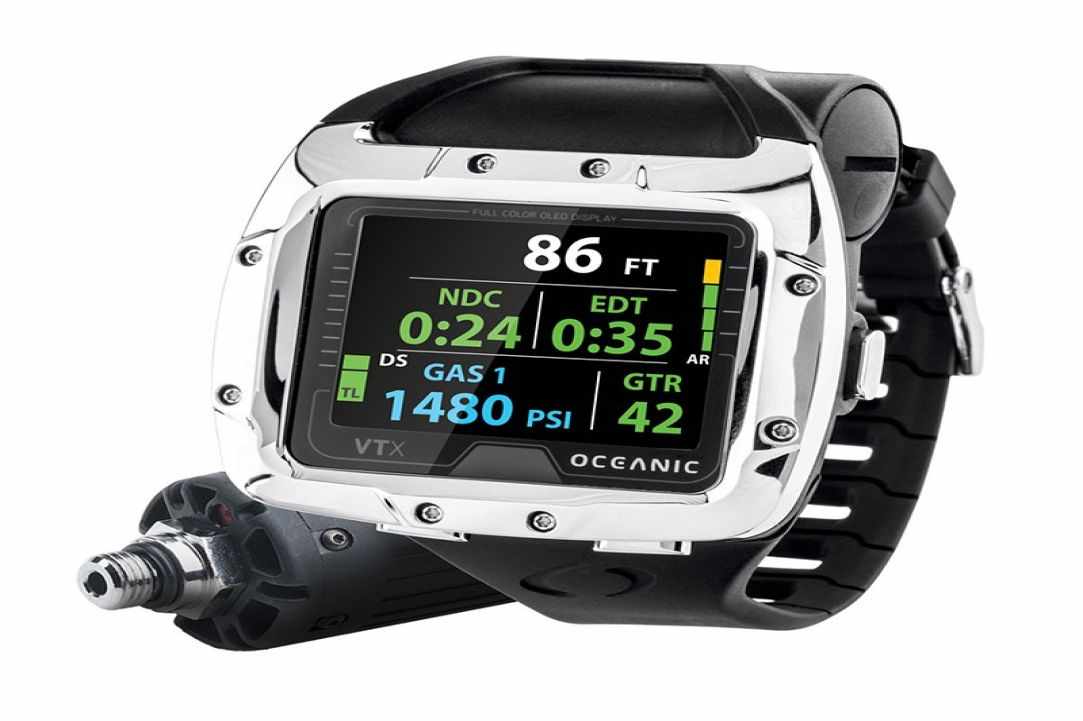
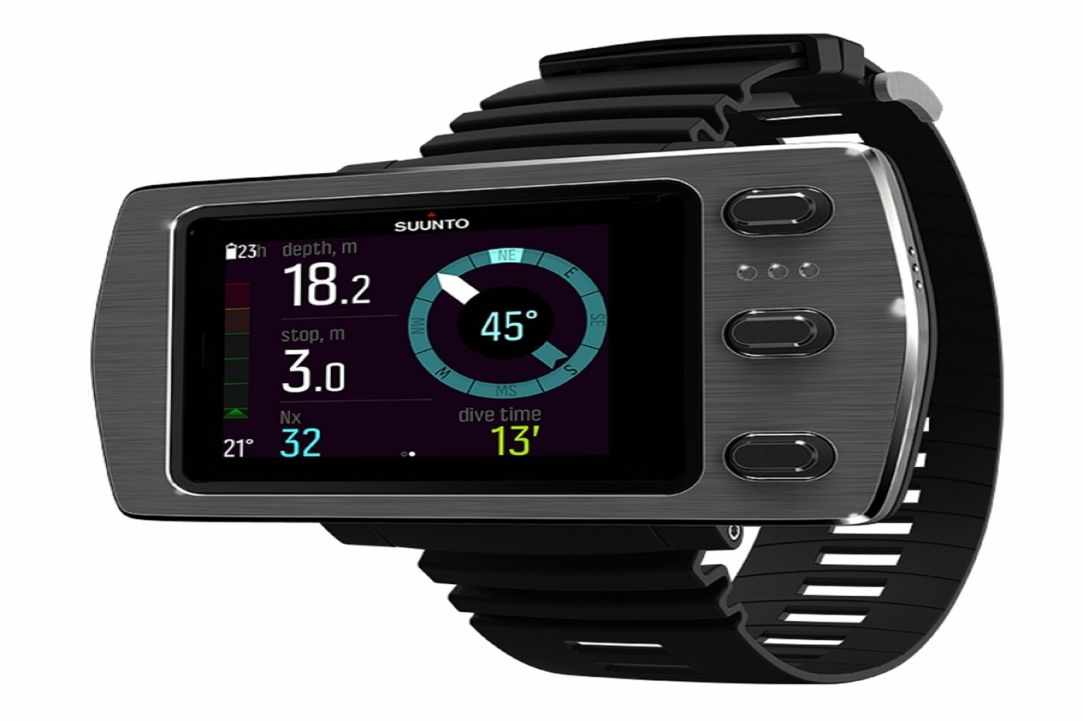
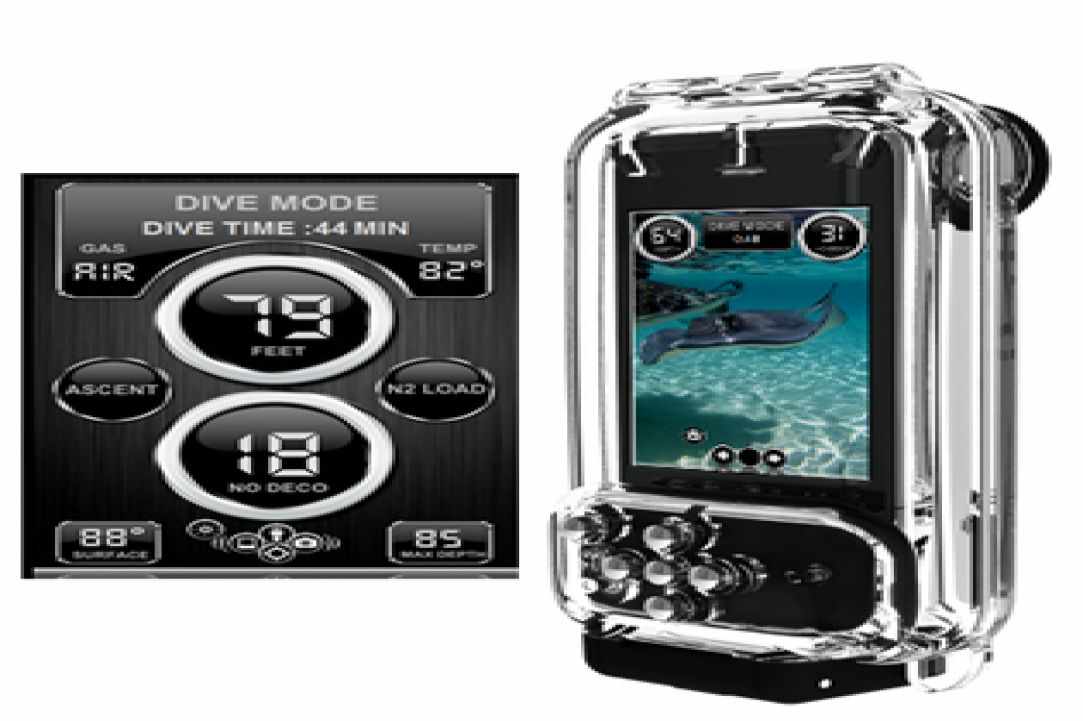
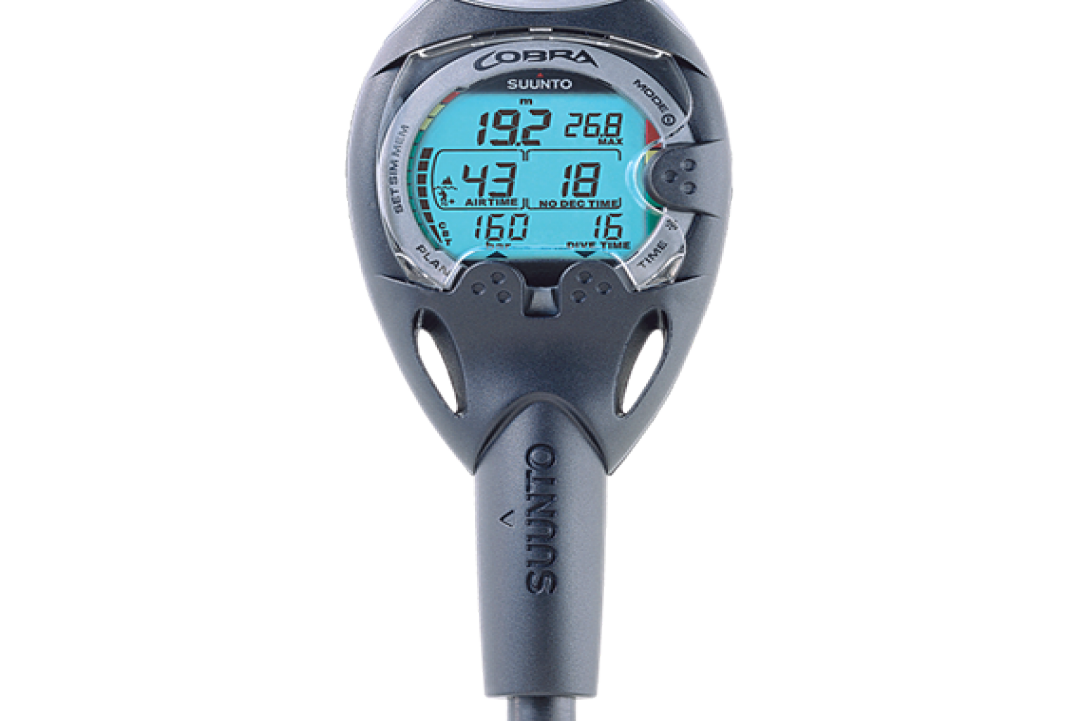
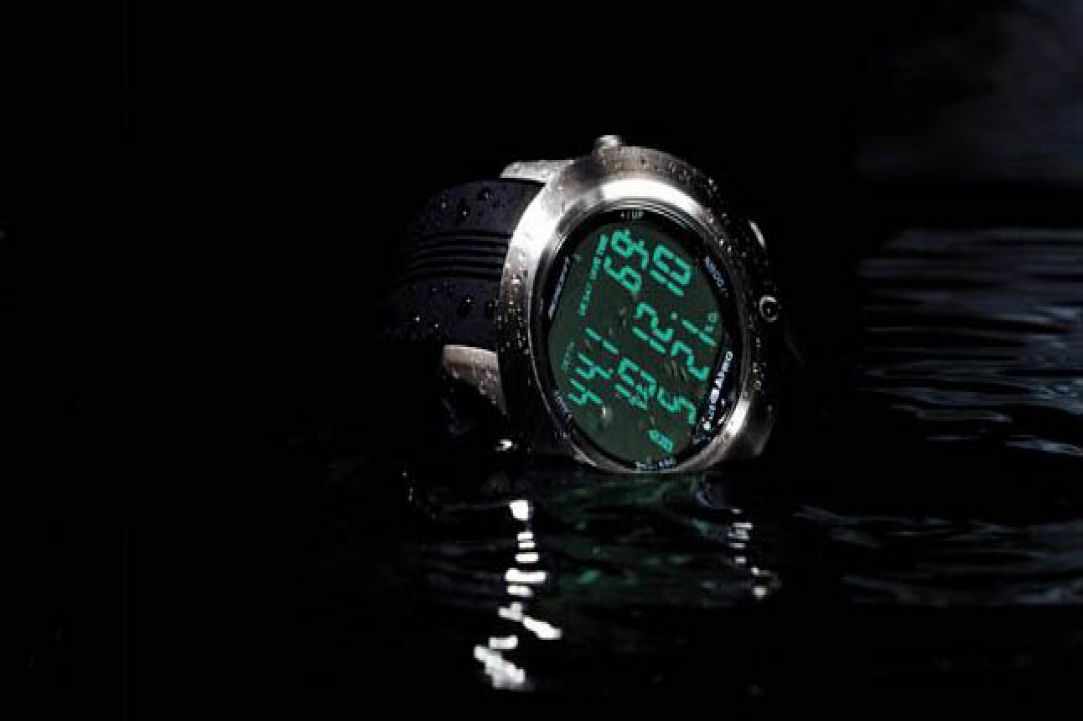
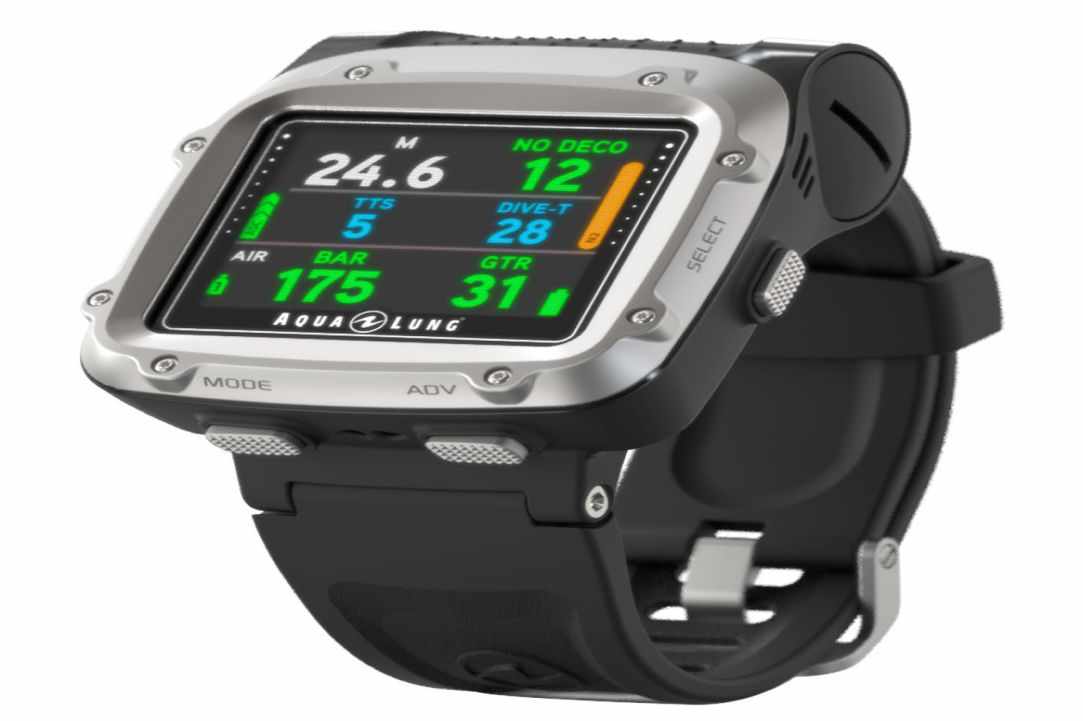
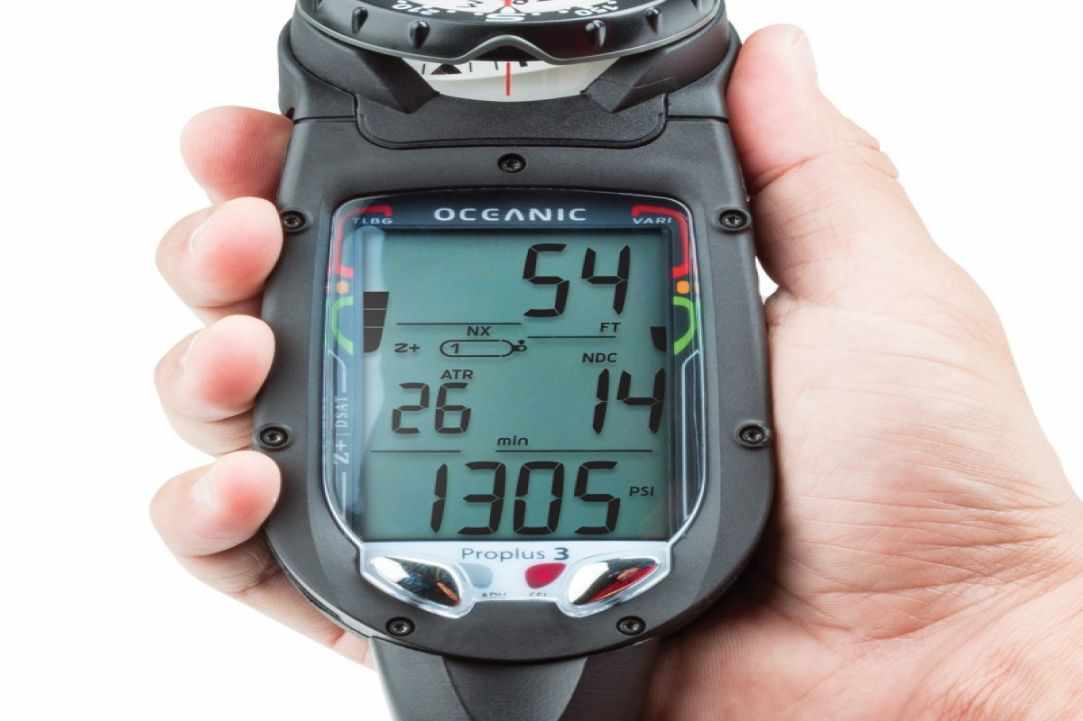
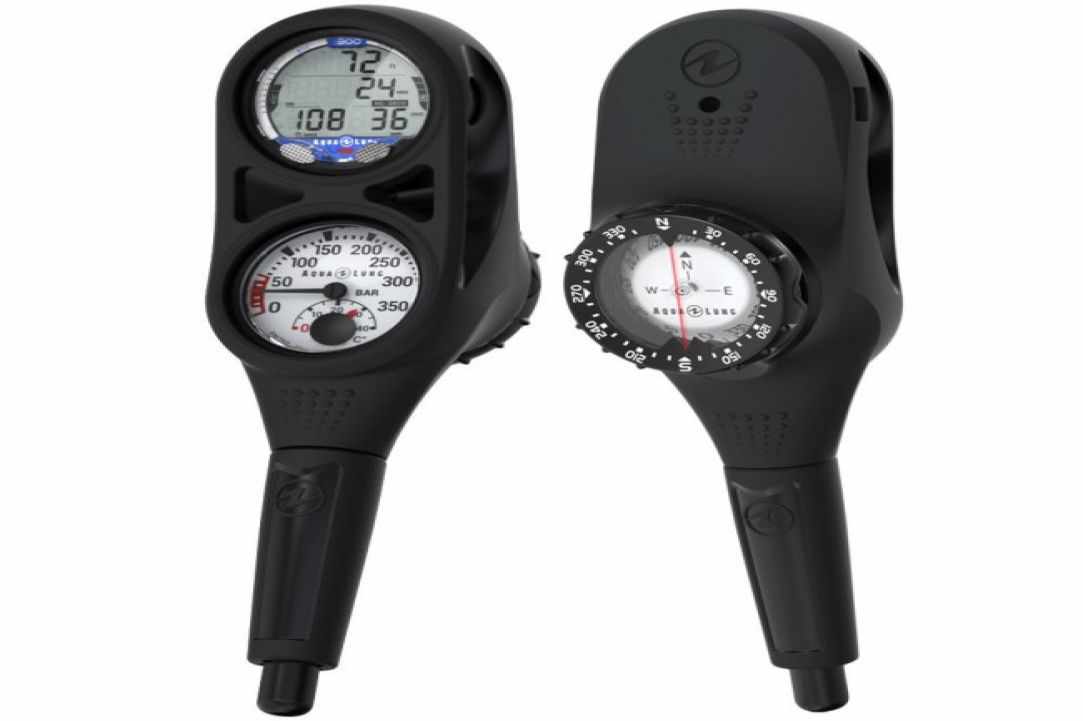
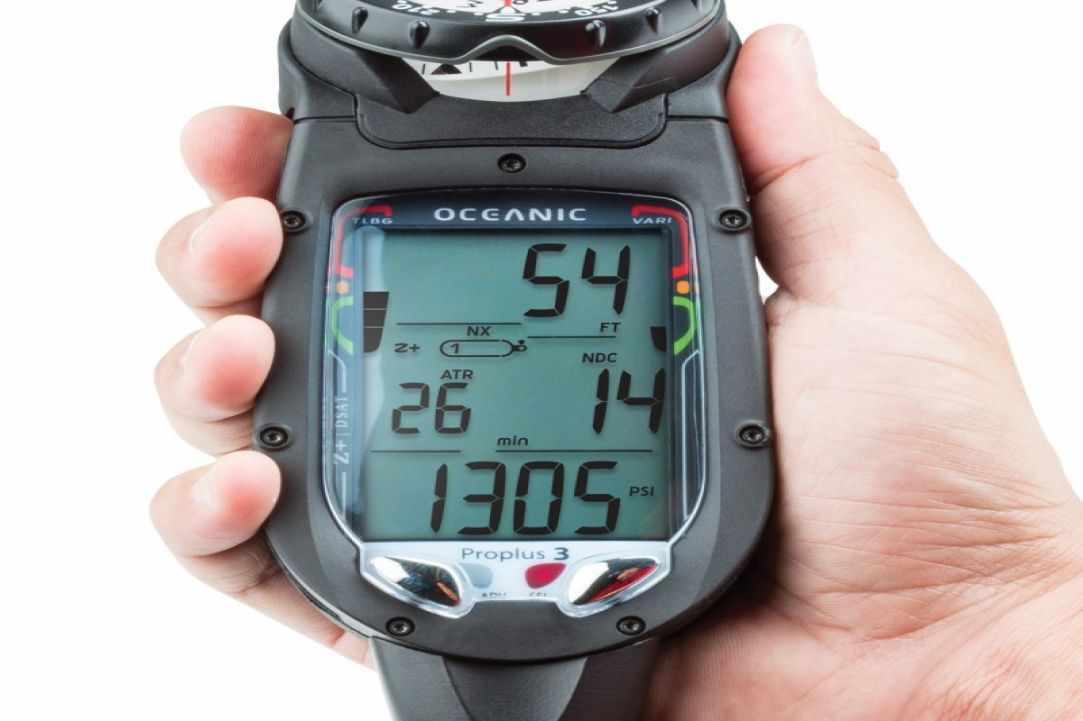

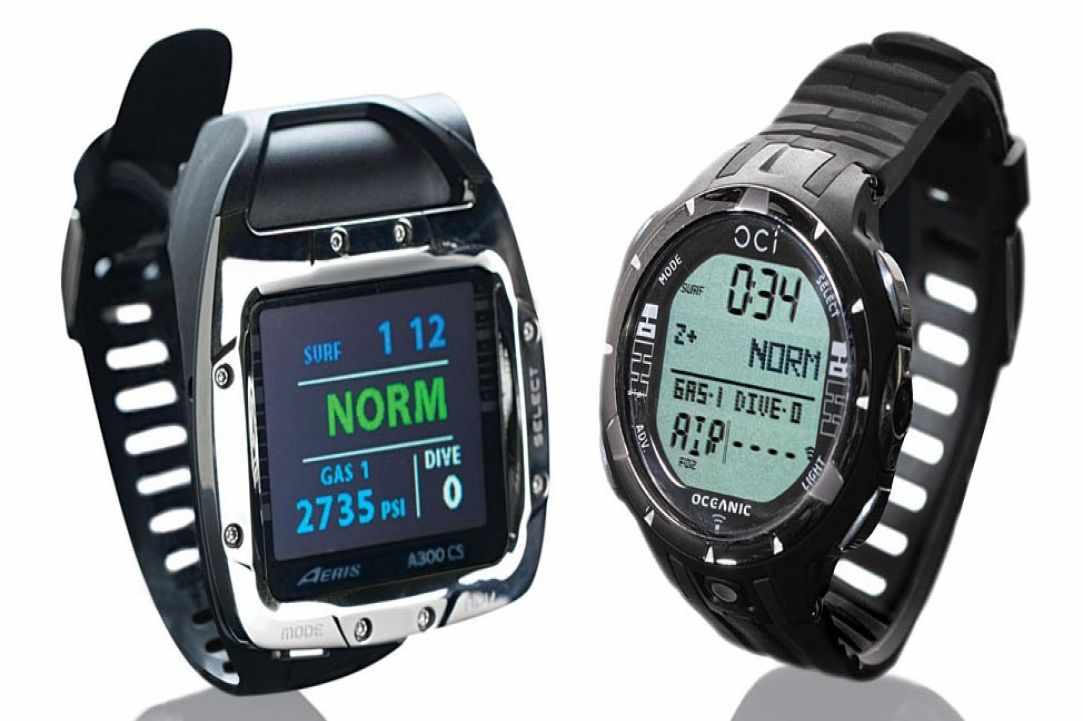
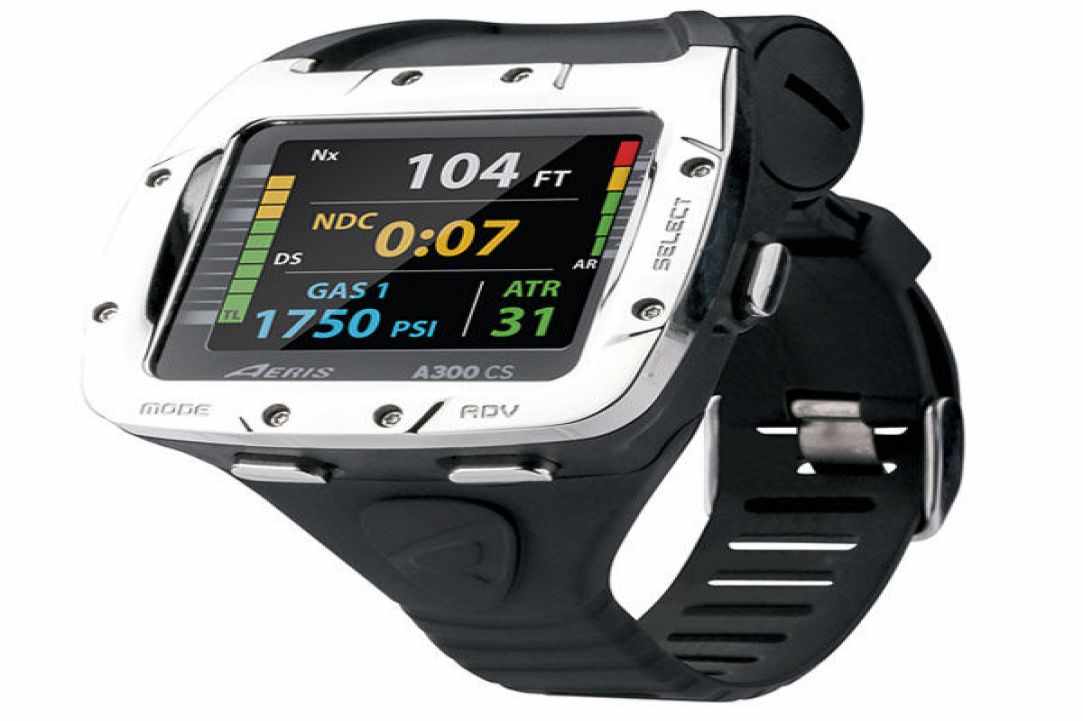
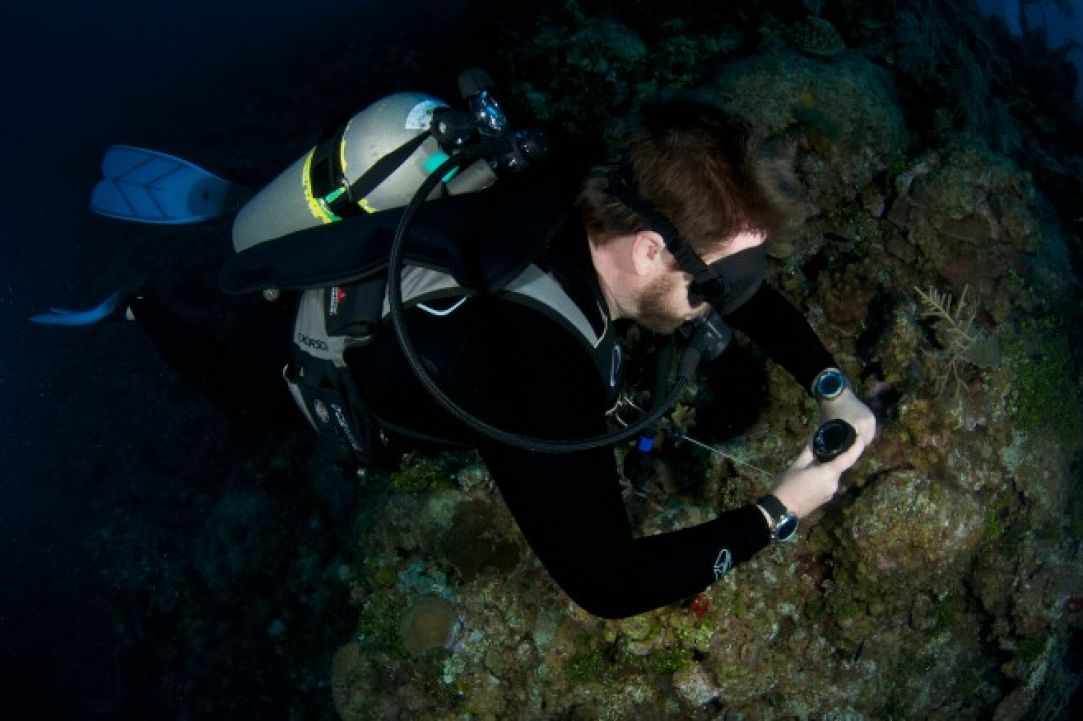
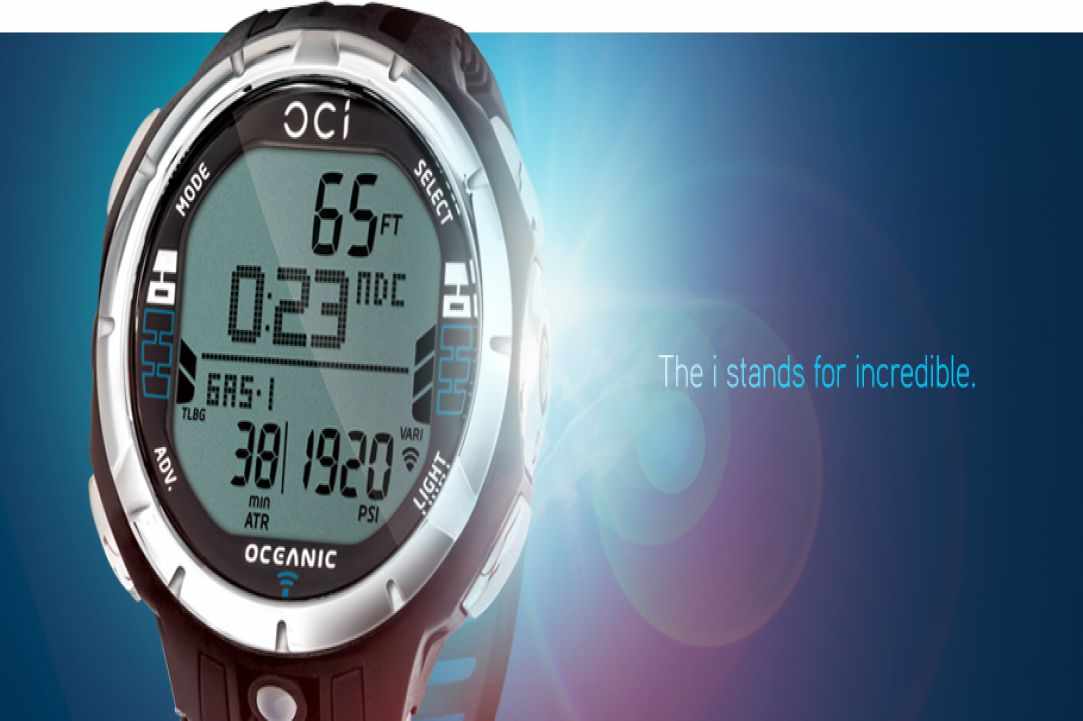
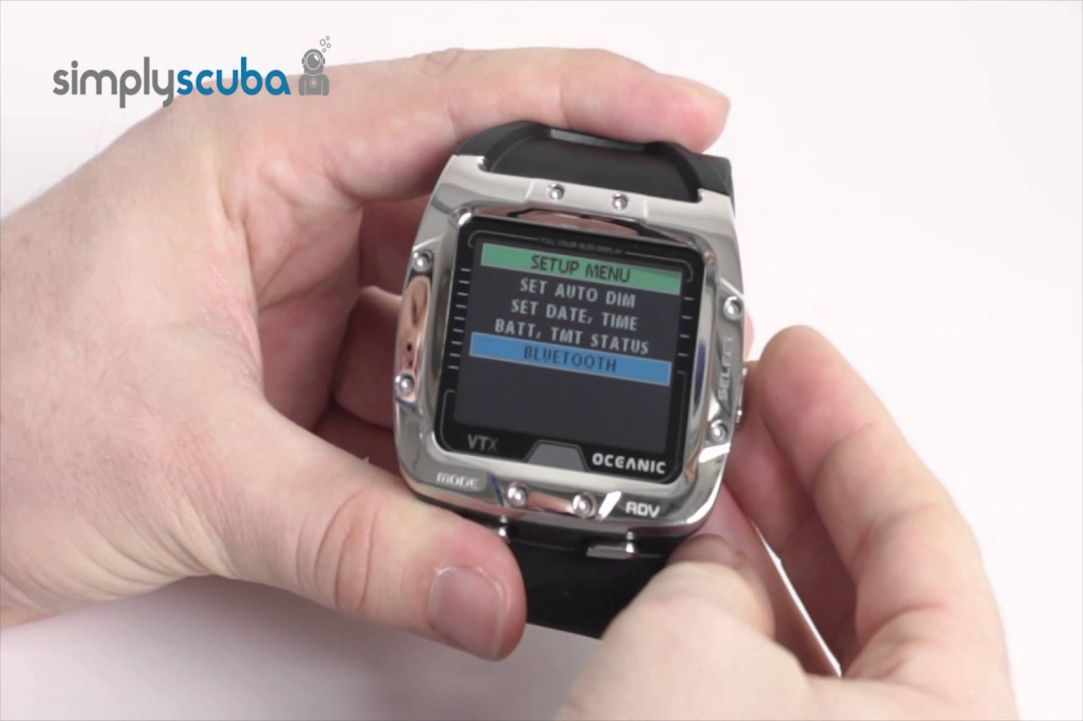

 Posted by
Evi Neocleous
Posted by
Evi Neocleous





